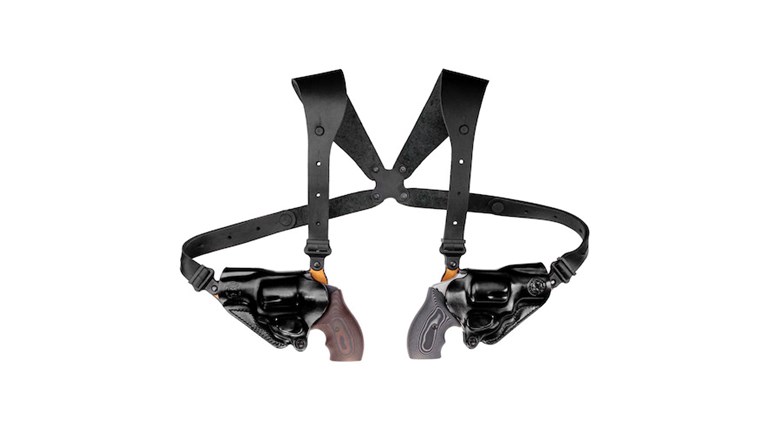
Whether a shooter is running USPSA, IDPA or ICORE, their speed through a stage is a critical factor in their score. In USPSA it can be a dominant factor. Building stage speed is important but the commonly assumed way to do so is “just shoot faster.”
That’s not the full answer. It can help in USPSA with its scoring system if the competitor is shooting Major caliber. However, with the down point scoring system used in IDPA and ICORE, it can be a disaster. Those one-, two- and three-second down point penalties for sloppy shooting add up to a lot bigger than the 0.01 ticks saved.
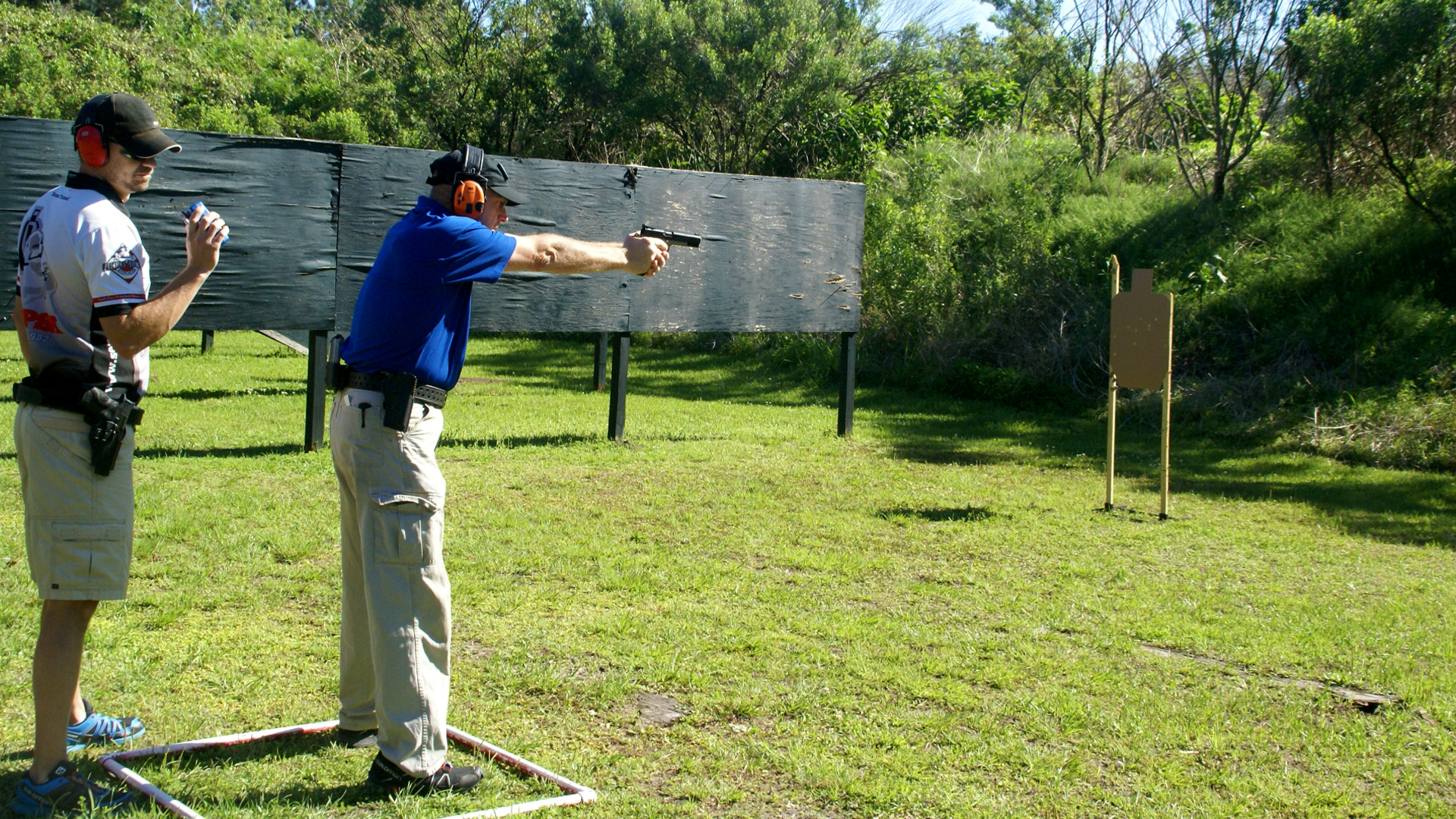
Rather than shooting faster, a significant amount of time can be shaved by performing non-shooting tasks more quickly and efficiently, along with avoiding wasted motion. There are three simple ways to do that.
It starts with the draw. At the beep, how many 0.01 ticks does it take you to get the gun on target, find the sights and trigger that first shot? Having to hunt for the target or sights can easily cost half to even a full second. That’s wasted motion. This can easily be addressed via dry-fire practice at home. Tape a small (3x5-inch) piece of paper on a wall at about mid-chest height, which will be about where the “sweet spot” is on targets set at a match. With your match gear and a doubly confirmed empty gun, lock your eyes on the target, and work on drawing to that spot with sights properly aligned on the target.
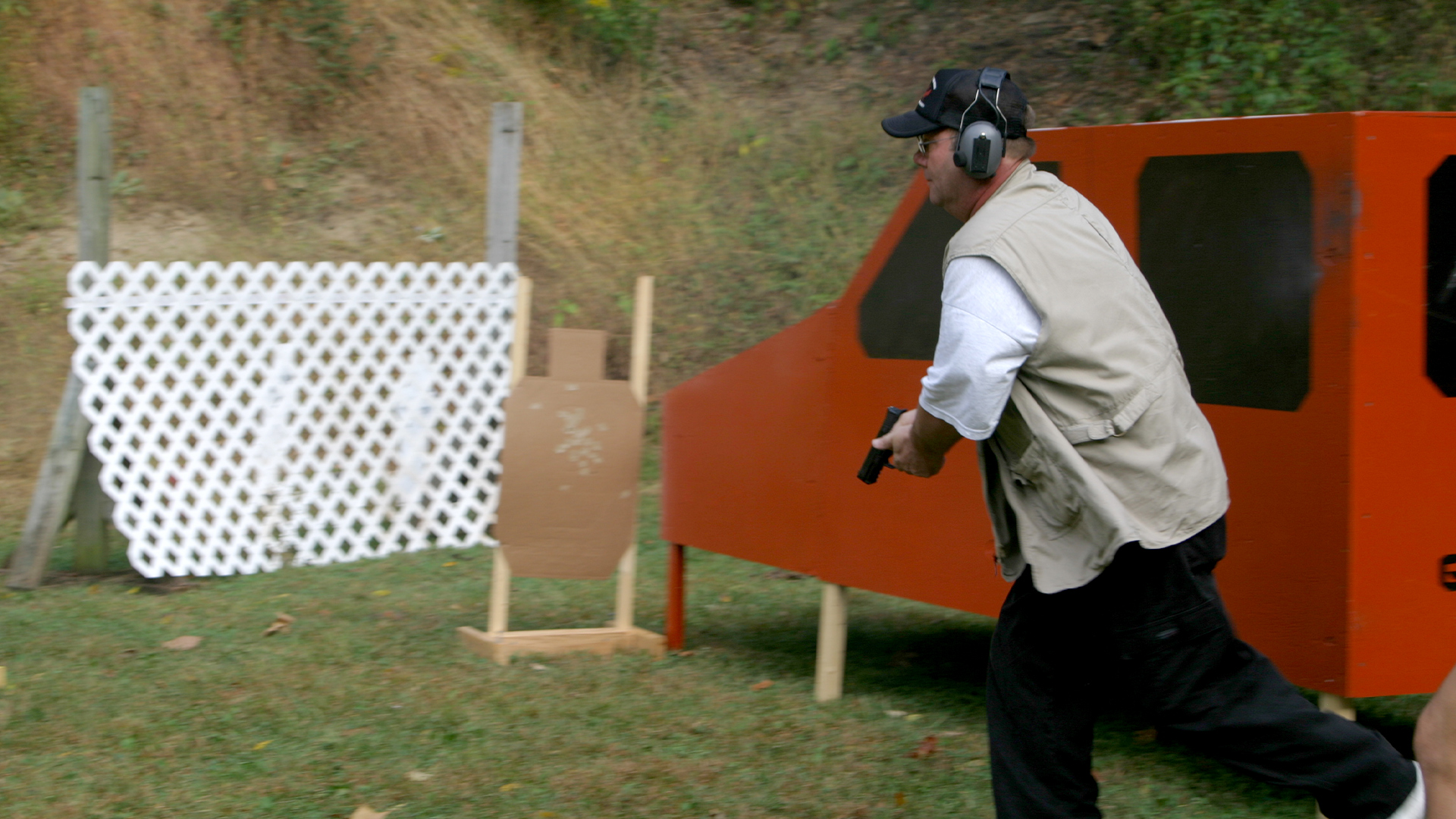
Moving to different shooting positions is a fact of life in these games. But how do you move between the shooting positions, and do you hit your mark precisely on the position with the gun and sights on the first target? Many shooters drop the gun to waist level for the sprint. But when they arrive, they’re in the same situation they were at the draw: they have to bring the gun up, find the target and then find the sights. More wasted motion. Experienced shooters move with the gun up in firing position and are ready to immediately lock on and engage the first target when they hit the shooting position.
This can be foreign to some shooters who drop the gun so they can see where they’re going. But it’s simple to master. This moving gun position can easily be practiced in dry or live fire. Set up an appropriate target and set up another about 25 feet away. A shooting position for that target can be a paper plate or paint mark. Draw on the first target and then move to the second, hitting the position with the gun up and ready to shoot. With live fire, this exercise is also an excellent way to work on draw stroke.
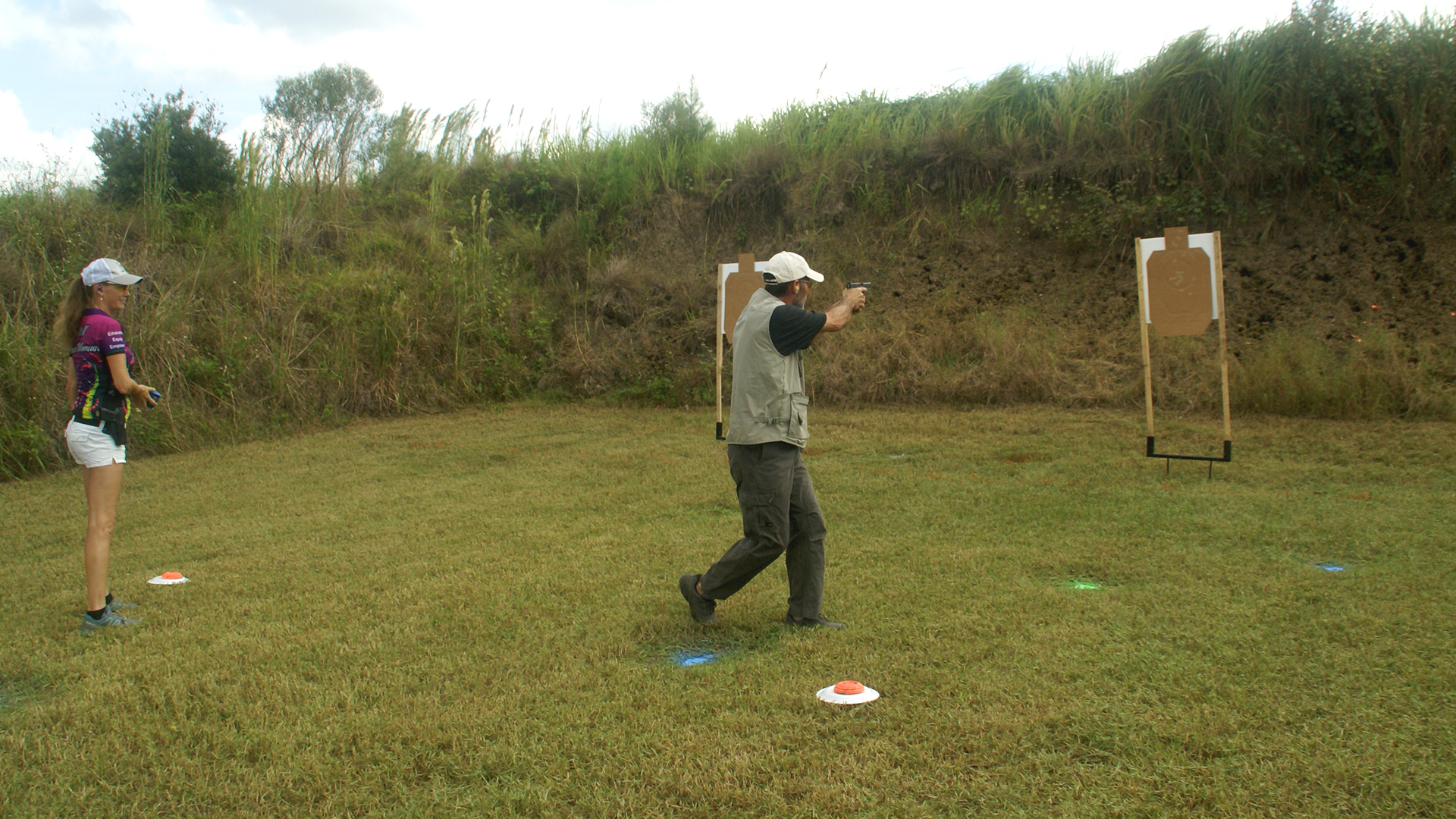
Improving these two facets can save up to a couple of seconds per stage. However, the biggest time waster is getting caught having to make the dreaded “flat-footed reload.” This happens when a shooter arrives at a shooting position without enough rounds to engage all the targets and is forced to do a standing reload at the shooting position.
Many shooters don’t truly understand how much time this wastes, but there’s a simple way to find out. Set up an appropriate target at 10 yards. Use a timer. At the beep, with the gun in hand and on the target, fire two rounds at the target for accurate hits with your normal shooting rhythm. Record the split time. Leave a round chambered, insert an empty magazine and put your reload in its normal position on the belt. With the timer and gun on the target, fire the chambered round (slide lock), make the reload and fire once more for an accurate hit. Record that split time. The hits must be good. Just pulling the trigger doesn’t count. For revolver shooters, load a full cylinder and fire enough rounds to leave just three live rounds in the gun. Then run both drills. A full cylinder of empty cases must be in the gun, since ejecting the empties is required for a valid reload time. Subtract the first two-shot split from the reload split and you have your realistic reload time. A handful of shooters will see two seconds or less. Most will be three seconds or more. And that’s if there is only one potential flat-footed reload per stage. For some gun divisions there will be more.
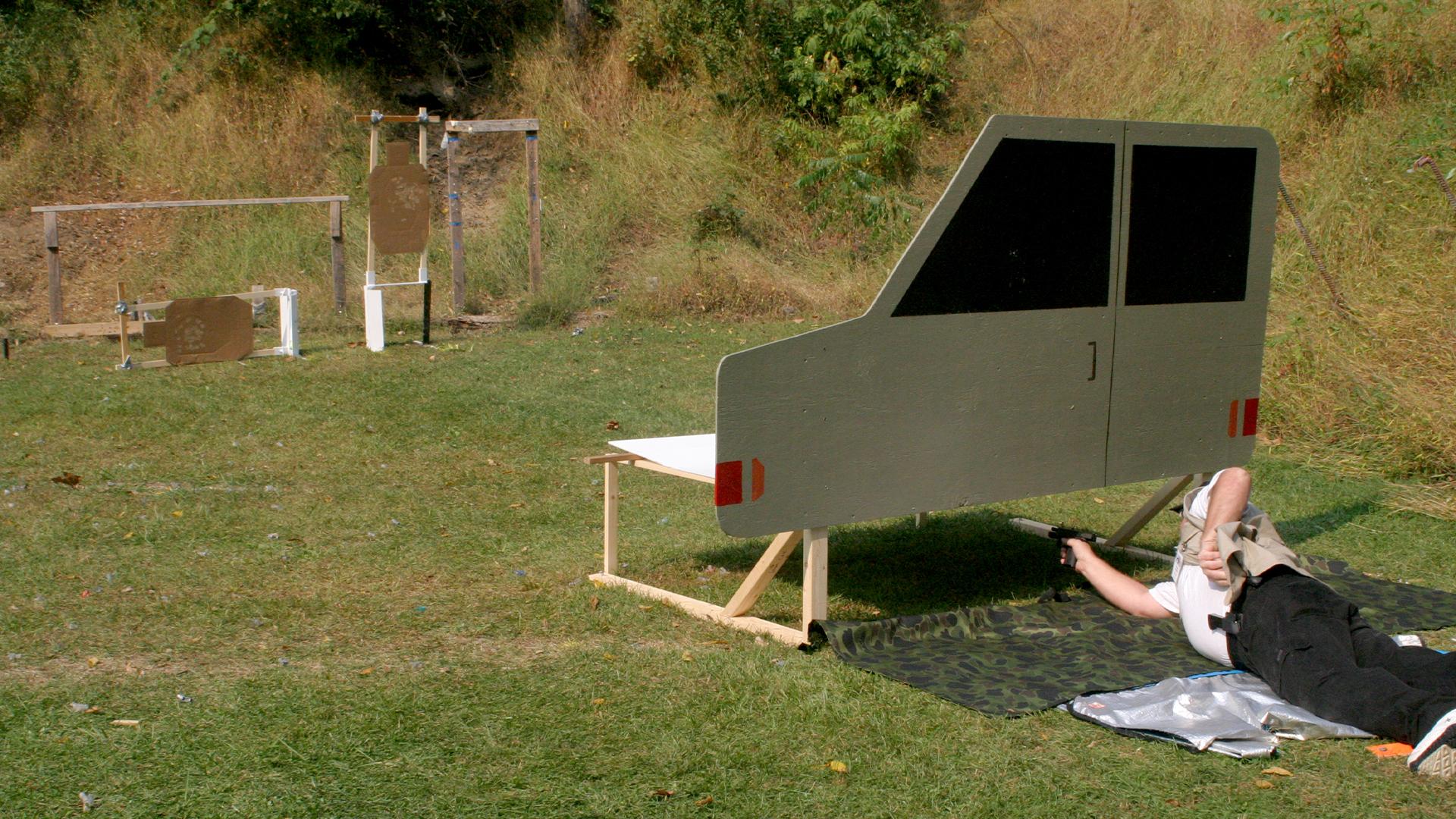
USPSA restricts Limited 10 and Single Stack Minor to just 10 rounds in the magazine, and Single Stack Major to eight. IDPA has Enhanced Service Pistol, Carry Optics and Compact Carry Pistol at 10 rounds, and Custom Defensive Pistol at eight. All normally get to start with a chambered round and a full magazine, but it’s seldom enough to handle two shooting positions. These shooters make multiple reloads.
There are accepted ways to avoid a flat-footed reload, but they’re not the same among the organizations because of differing rules.
USPSA and ICORE have generous rules on reloading. Unless otherwise specified in the course of fire description, a shooter may make any type of reload anywhere. The “speed load” (ejecting a partially full magazine or revolver cylinder, leaving the live rounds on the ground and slapping in a full load) is popular. There is no penalty for leaving live rounds on the ground, and it’s quite common for Limited 10 and Single Stack shooters to punch out a partial magazine and slam in a new one anytime they are moving between shooting positions.
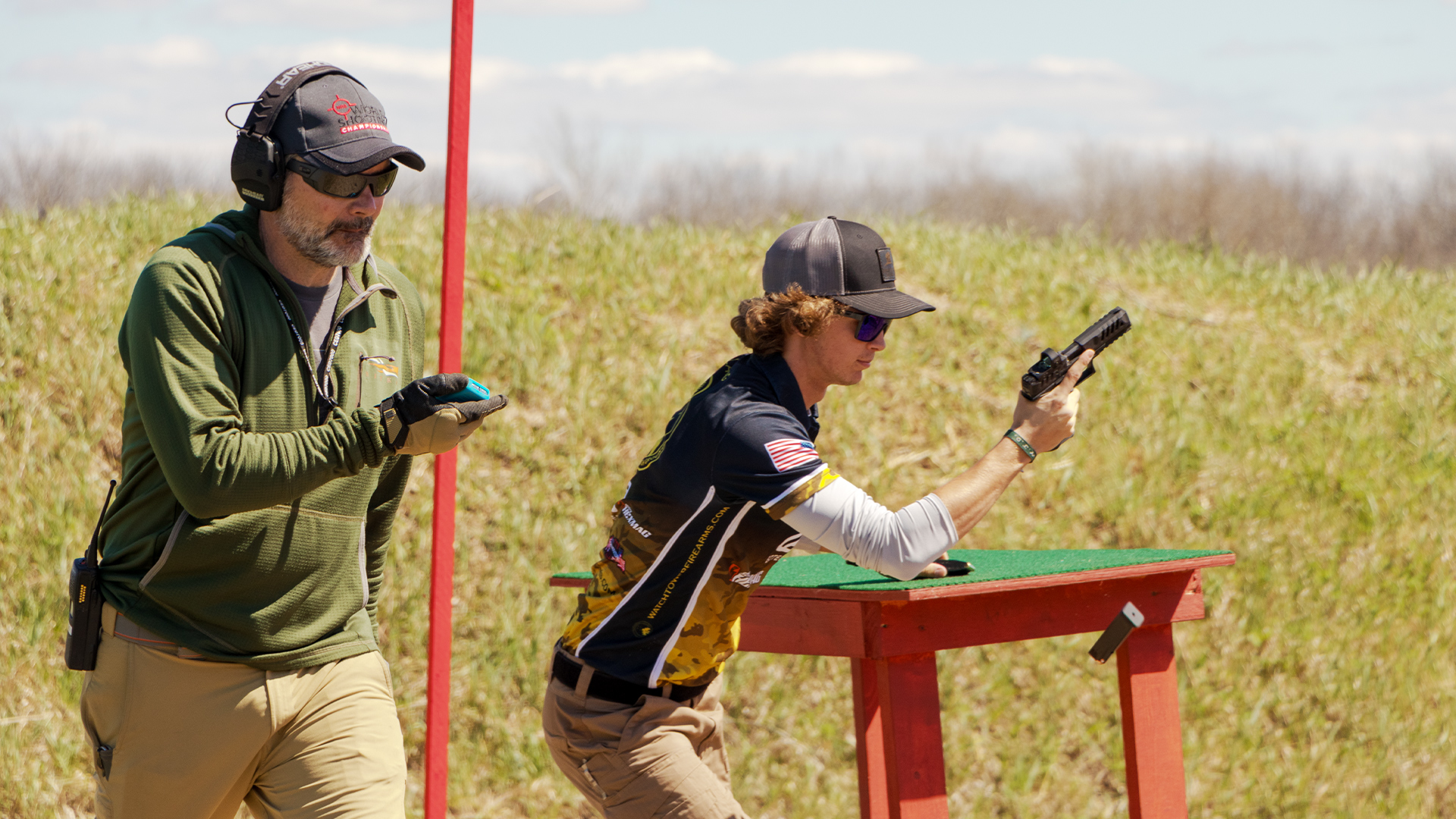
IDPA is less generous. Speed reloads are out. There are penalties (which can be imposed in varying degrees of time) for leaving live rounds on the range that are not picked up prior to the last shot in the stage being fired. Additionally, if cover is available anywhere on the stage, shooters may not make a reload while exposed to unengaged targets. If no cover is available, they may make an approved reload anywhere on the stage.
There are two approved reloads in IDPA: the Emergency Reload (empty gun, recharge) and the Reload With Retention (RWR). The RWR sees the partially expended magazine or revolver cylinder removed, stowed somewhere on the body (vest pocket, pants pocket, shoved in a waistband, and apparently even shoved down a shirt front). It’s actually a useful and popular reload in IDPA, given the magazine capacities allowed.
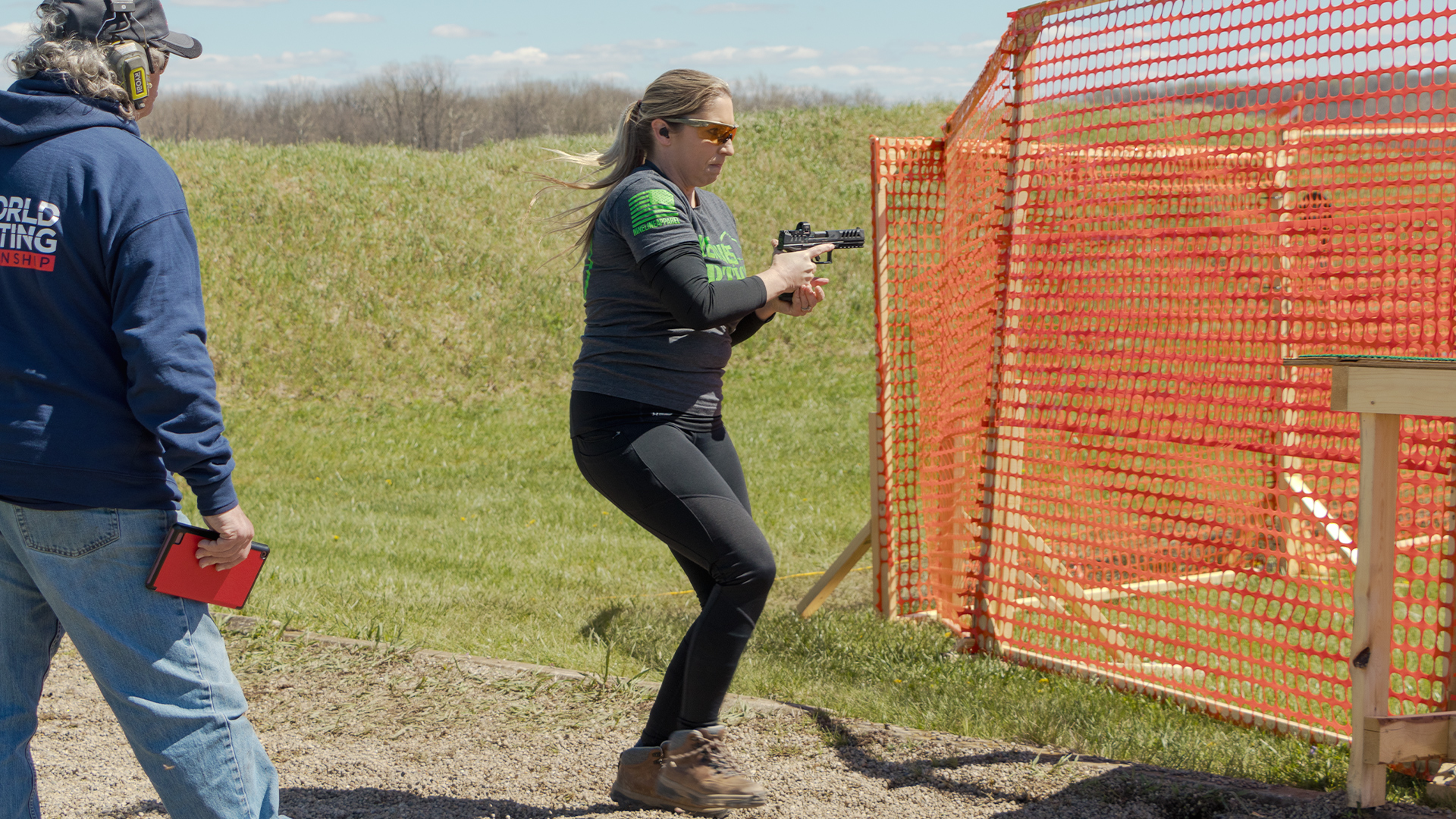
It’s not uncommon for a shooter to start facing three targets requiring two rounds each and then advance to a second position with three targets. The question facing these shooters is, “How many rounds will I have leaving this shooting position, and will it be enough for all the targets at the next?” If the answer is not enough, a shooter will either have to eat a flat-footed reload, or they can reload as they move to the next shooting position, save that time and arrive with a fully topped-off gun. The RWR is normally the only way for IDPA shooters to accomplish that and it’s not difficult. As the last round is fired at the position, strip the magazine or clear the revolver cylinder, stow the rounds as you start to move and finish loading by the time you hit the next position.
This can also be easily practiced during the same moving drill explained earlier.
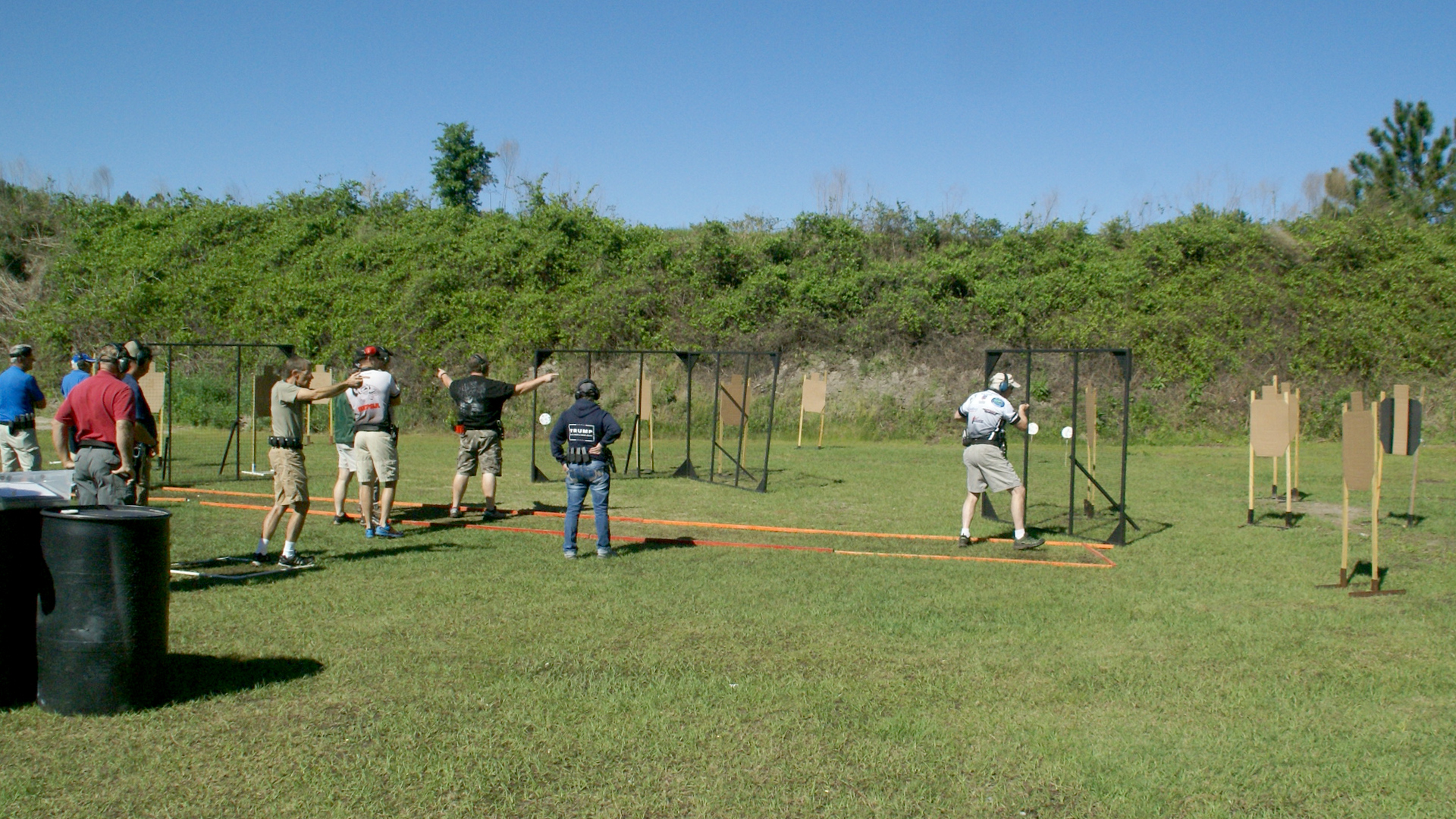
When and where reloads need to be made can be determined during the stage walkthrough. Savvy shooters pay close attention to targets, round counts and what they’ll need at any given shooting position. It’s far more efficient than trying to figure it out on the fly.
With a positive draw stroke, gun up movement and just one flat-footed reload avoided, it’s easy to save four or five seconds per stage. That’s 24 to 30 seconds shaved for a six-stage match. Check the leaderboard from your last match and see how far up that would have moved you. Add another flatfooted reload per stage that you didn’t have to make and that jump gets bigger. Stage speed counts big in your score.
















